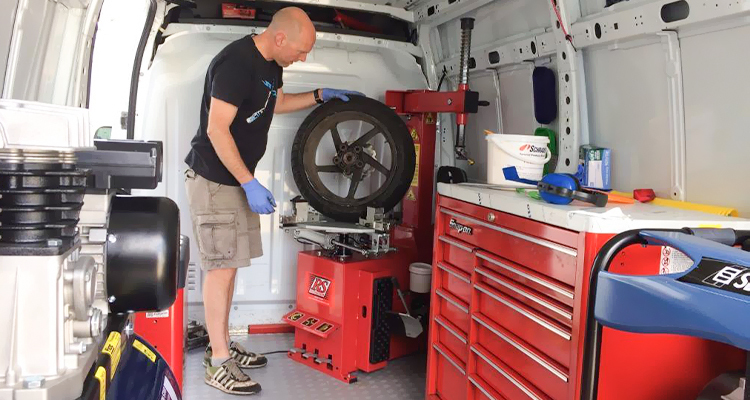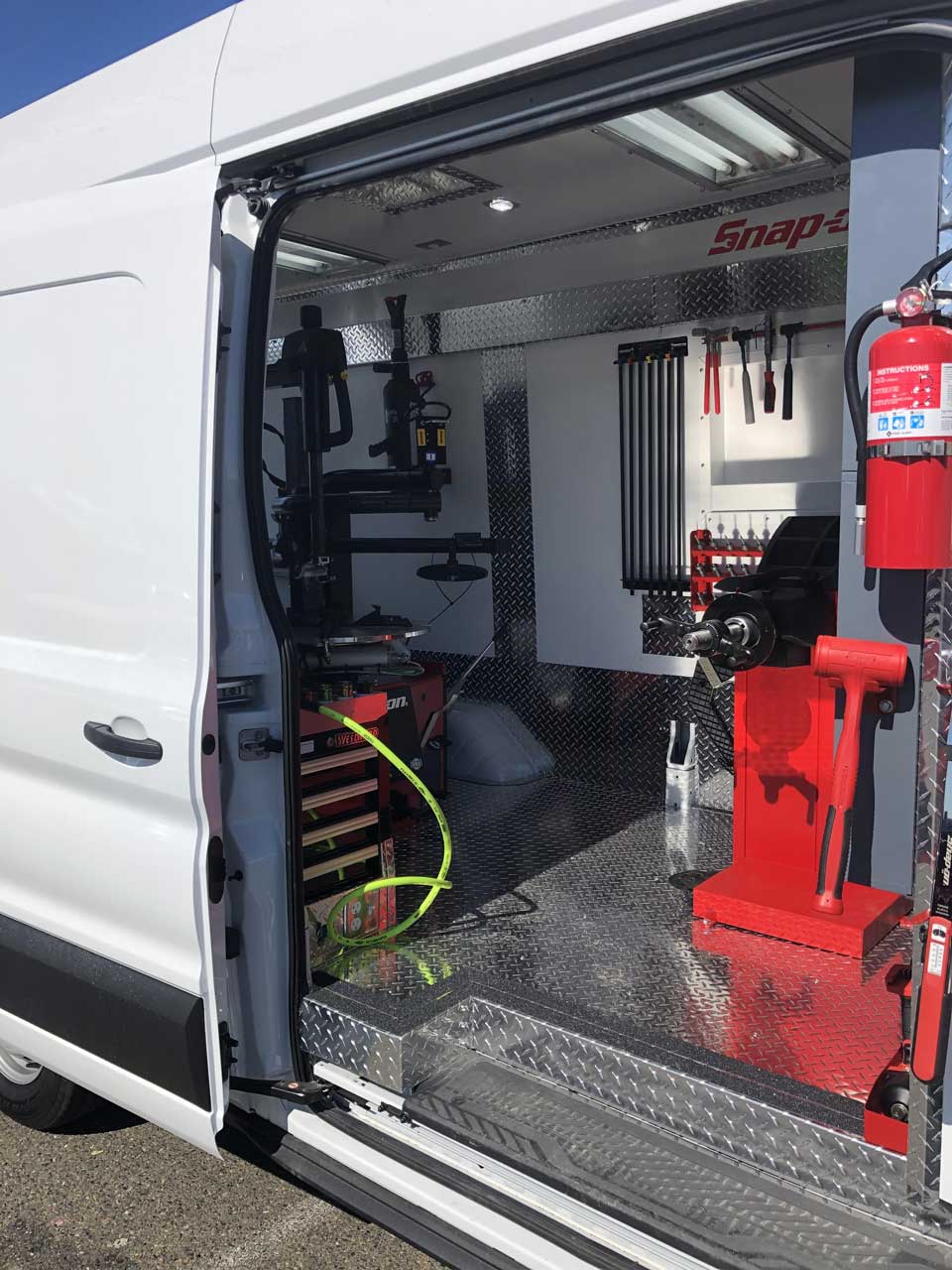Inexpensive Mobile Tire Replacement Las Vegas - Call Today!
Inexpensive Mobile Tire Replacement Las Vegas - Call Today!
Blog Article
Tire Service: Proven Methods for Ideal Tire Maintenance and Care
Maintaining ideal tire condition is critical for both safety and security and performance of any car. From making sure proper tire stress to routine rotation and positioning, there are tried and tested approaches that can dramatically extend the lifespan of your tires and improve overall driving experience. As we check out the details of tire care and maintenance, we will certainly reveal important standards that every lorry proprietor ought to follow for the very best feasible results. Allow's explore the world of tire service and find the keys to keeping your tires in superior shape for the long run.
Importance of Tire Stress
Correct tire pressure is an essential consider making certain optimal lorry performance and safety and security when traveling. Keeping the advised tire stress degrees given by the maker uses various benefits. Sufficient tire pressure promotes better fuel effectiveness, as under-inflated tires can lead to increased rolling resistance, creating the engine to function harder and eat even more gas. Second of all, proper tire stress makes certain also walk wear, enhancing tire longevity and conserving cash in the long run by postponing the requirement for early replacements. Furthermore, properly inflated tires add to enhanced handling and stopping abilities, important for risk-free driving in different roadway problems. Over-inflated tires, on the various other hand, can cause lowered traction and a harsher trip. On the other hand, under-inflated tires are vulnerable to getting too hot, which can lead to mishaps and blowouts. Routinely checking and changing tire pressure, particularly soon journeys, is a straightforward yet efficient method to enhance automobile performance, extend tire life-span, and prioritize safety when driving.
Tire Rotation Standards
When thinking about tire turning standards, it is vital to recognize the importance of this maintenance task in taking full advantage of tire life-span and maintaining optimum lorry performance. Tire turning involves changing the setting of each tire on a car to ensure also tread wear. Front tires tend to use quicker than rear tires because of guiding forces, making normal turning vital for balanced wear patterns. The advised rotation pattern varies depending on whether a vehicle is front-wheel, rear-wheel, all-wheel, or four-wheel drive. Commonly, tires must be rotated every 5,000 to 7,500 miles, or as recommended in the vehicle guidebook. Overlooking tire rotation can result in irregular wear, influencing handling, traction, and possibly compromising automobile security. By adhering to correct turning guidelines, chauffeurs can extend the life of their tires, enhance gas efficiency, and enhance general driving experience. Regular turning is a straightforward yet efficient upkeep method that adds significantly to tire durability and automobile performance.

Advantages of Wheel Positioning
Making certain correct wheel placement after tire rotation is important for keeping well balanced wear patterns and making best use of car performance. Additionally, proper wheel positioning assists to prolong the lifespan of your tires. Misaligned wheels can trigger uneven tire wear, leading to premature tire substitute and raised maintenance prices.

Tire Tread Depth Examine
Carrying out a routine evaluation of tire tread deepness is crucial for preserving risk-free driving problems and prolonging the life-span of your tires. The step on your tires plays a crucial role in giving traction, specifically in damp or slippery problems. To examine your tire step depth, you can make use of a walk deepness scale or the cent examination. The suggested tread depth goes to least 2/32 of an inch. It is time to replace your tires to guarantee optimal efficiency and safety on the road if the walk depth is below this threshold. Uneven walk wear can suggest problems with tire pressure, suspension, or alignment, highlighting the relevance of regular step depth checks. Ignoring to check and keep appropriate tread depth can bring about decreased hold, longer stopping distances, and a raised threat of hydroplaning. By incorporating tire tread depth checks right into your regular upkeep routine, you can drive with self-confidence understanding that your tires are in leading condition.
Seasonal Tire Examination
Seasonal tire inspection is a fundamental element of tire upkeep that guarantees tires are prepared click here to read to face the challenges positioned by different climate conditions. In preparation for winter months, it is vital to check the tire stress routinely as cold temperatures can create tire stress to go down. By carrying out routine seasonal tire evaluations, drivers can lengthen tire life expectancy, enhance fuel performance, and most importantly, make certain a protected driving experience in varying climate conditions.
Verdict
Finally, preserving proper tire pressure, revolving tires routinely, aligning wheels correctly, keeping an eye on walk deepness, and carrying out seasonal examinations are crucial techniques for ideal tire care. By adhering to these proven approaches, motorists can ensure their tires last longer, do far better, and add to general lorry safety and security. It is necessary to focus on tire upkeep to protect against accidents, boost gas efficiency, and prolong the lifespan of tires.
Sufficient tire stress promotes better gas effectiveness, as under-inflated tires can lead to boosted rolling resistance, triggering the engine to function harder and consume more gas.When taking into consideration tire rotation standards, it is essential to comprehend the importance of this upkeep job in making best use of tire life-span and keeping ideal vehicle performance. Seasonal tire inspection is a basic aspect of tire maintenance that ensures tires are all set to deal with the obstacles presented by different weather problems. By performing routine seasonal tire evaluations, chauffeurs can extend index tire life-span, improve gas efficiency, and most notably, ensure a safe driving experience in differing weather condition problems.
In final thought, keeping proper tire stress, rotating tires frequently, lining up wheels properly, keeping an eye on tread deepness, and carrying out seasonal examinations are important practices for optimal tire care.
Report this page